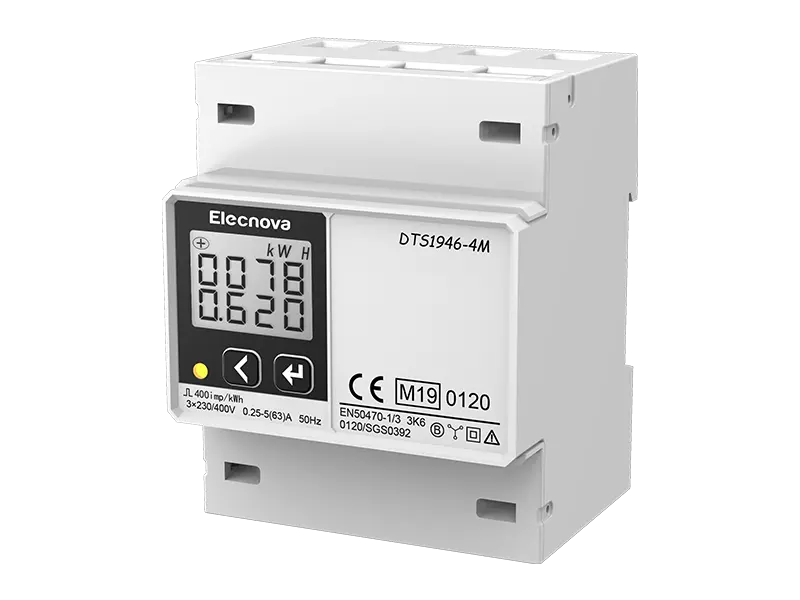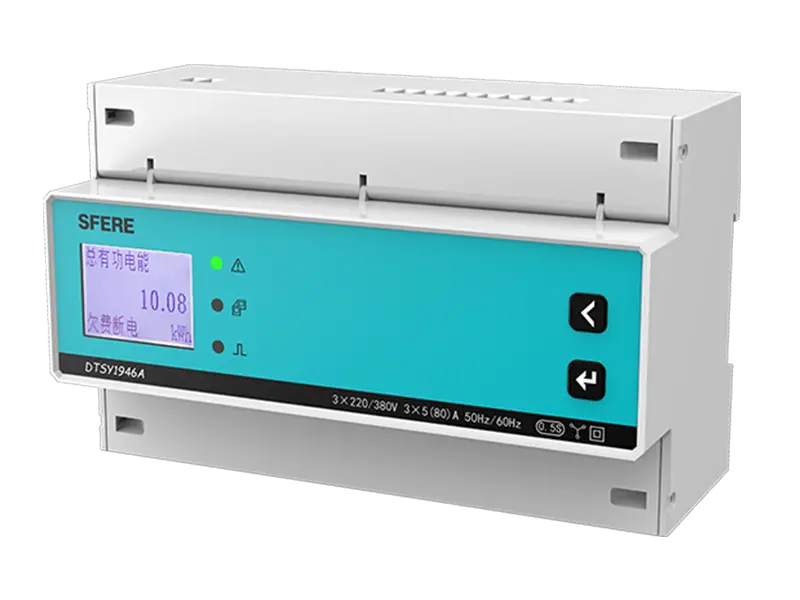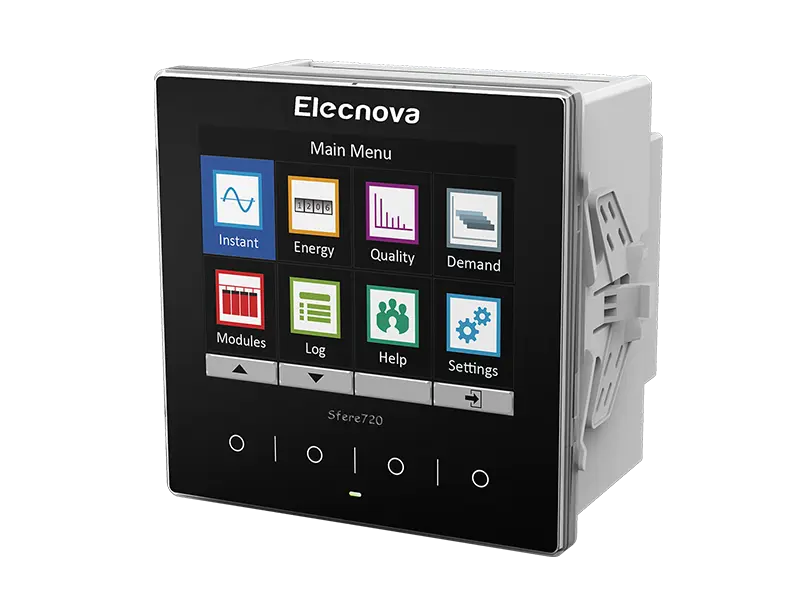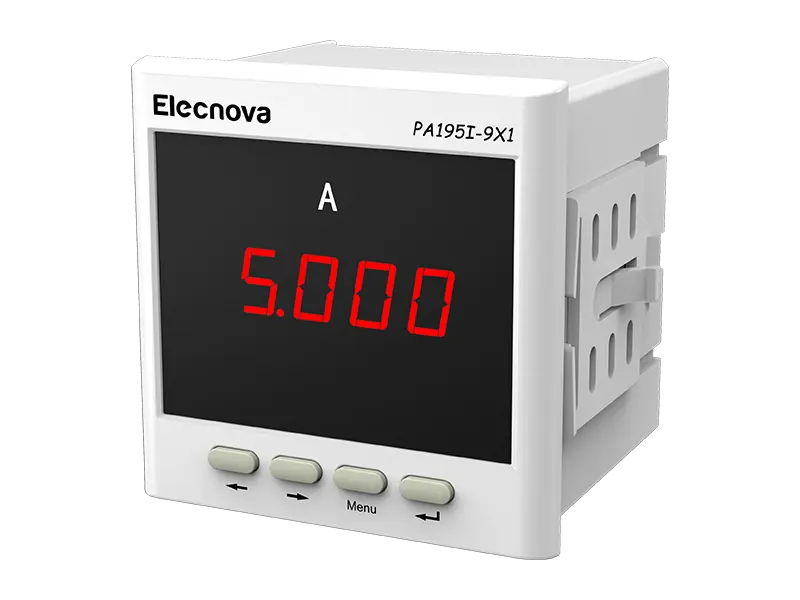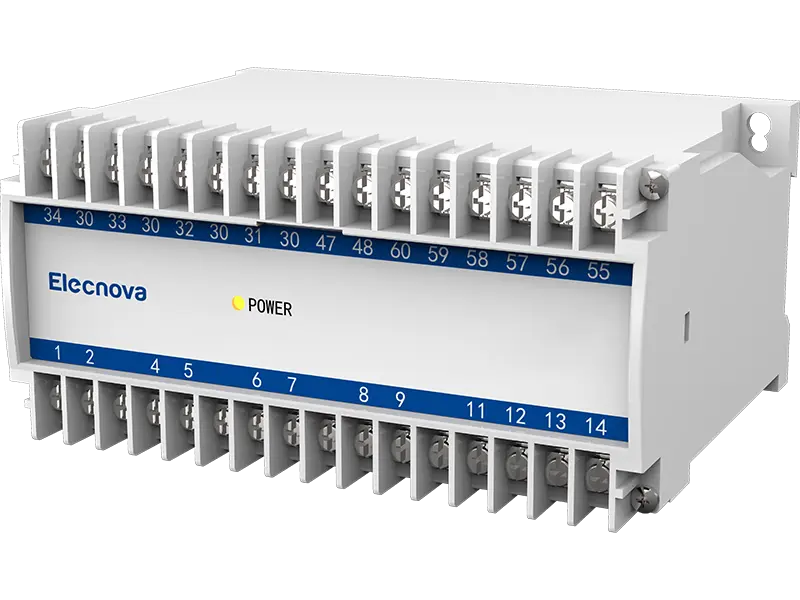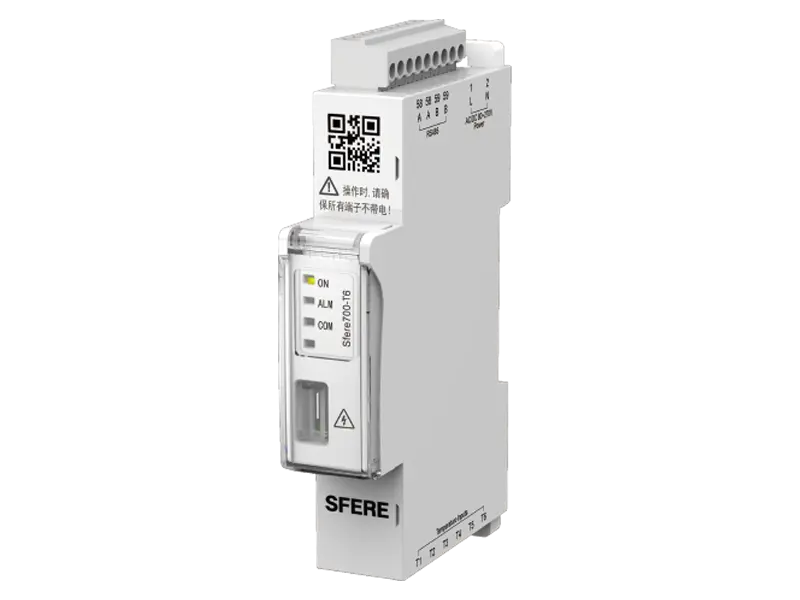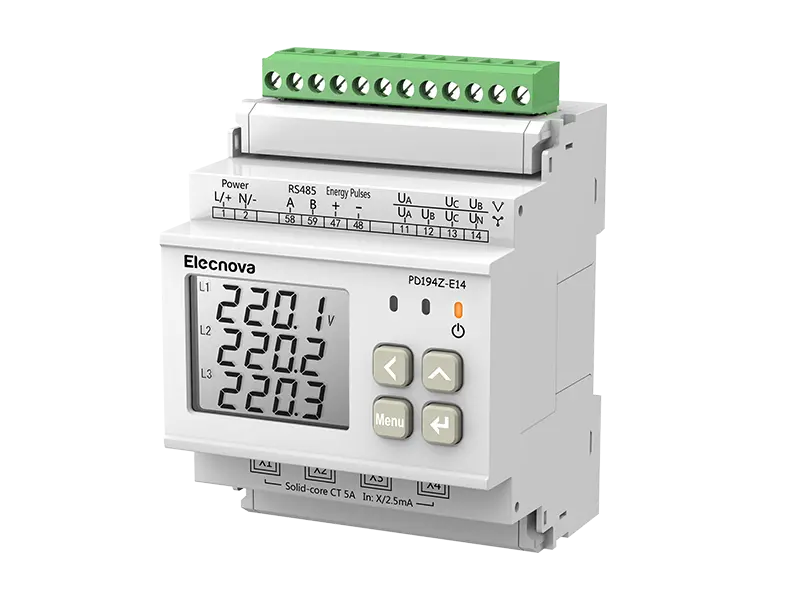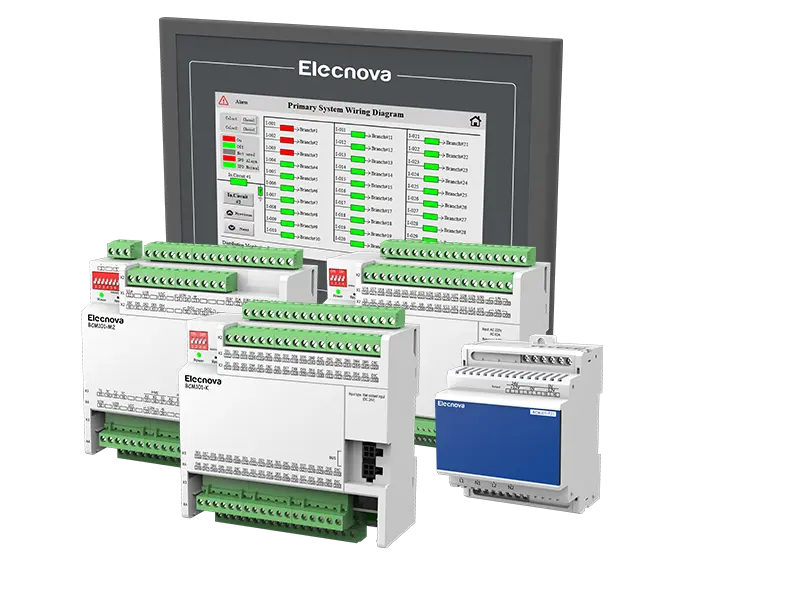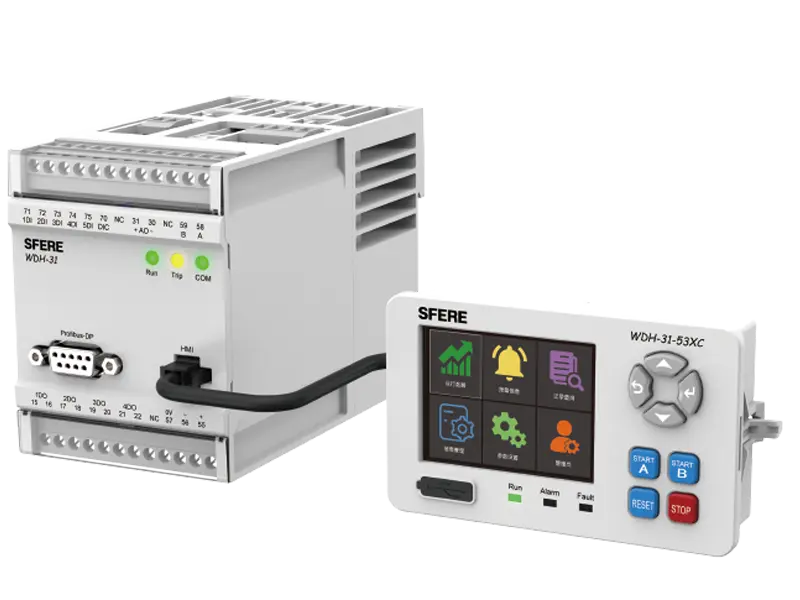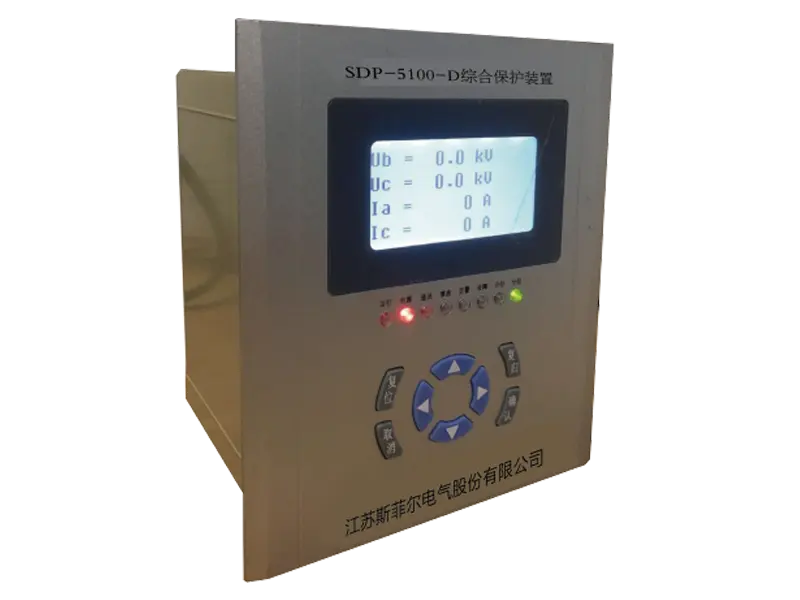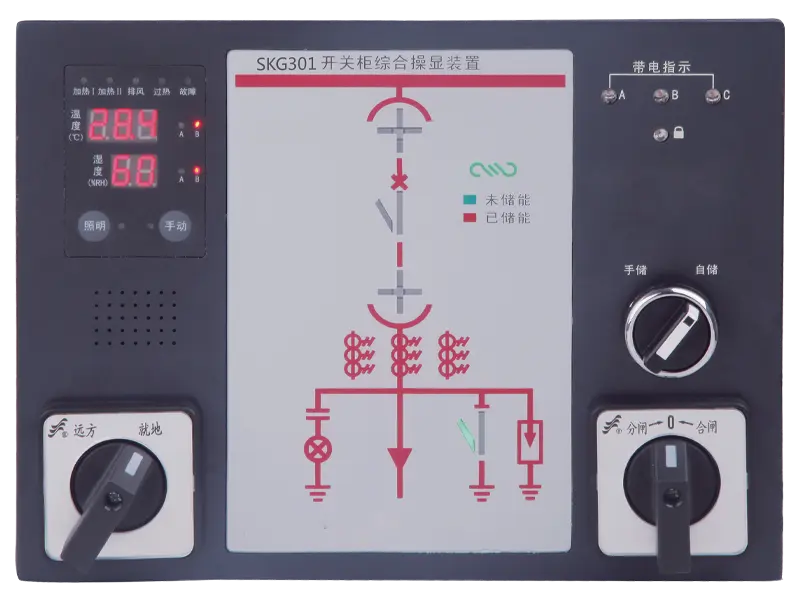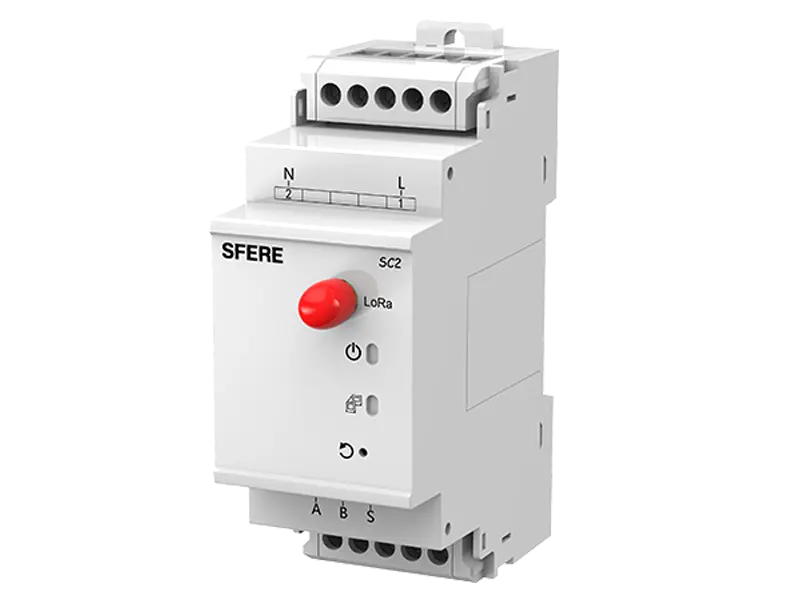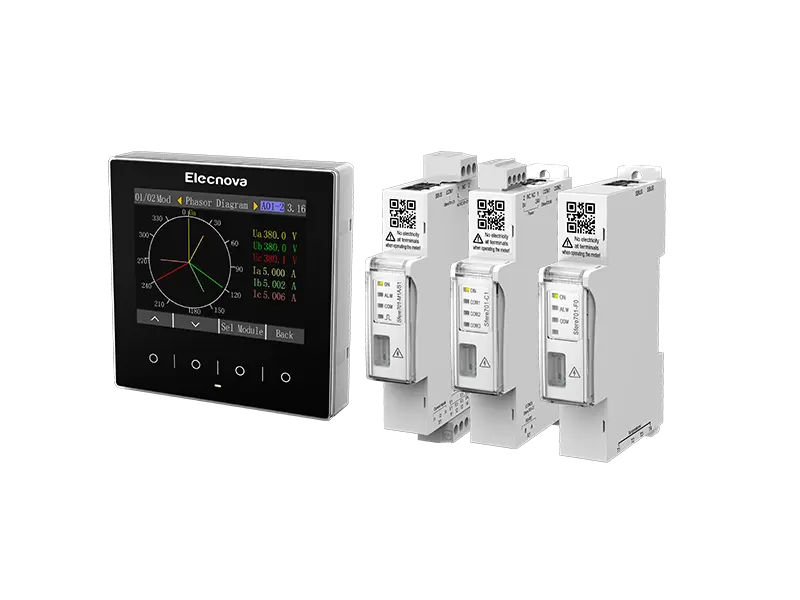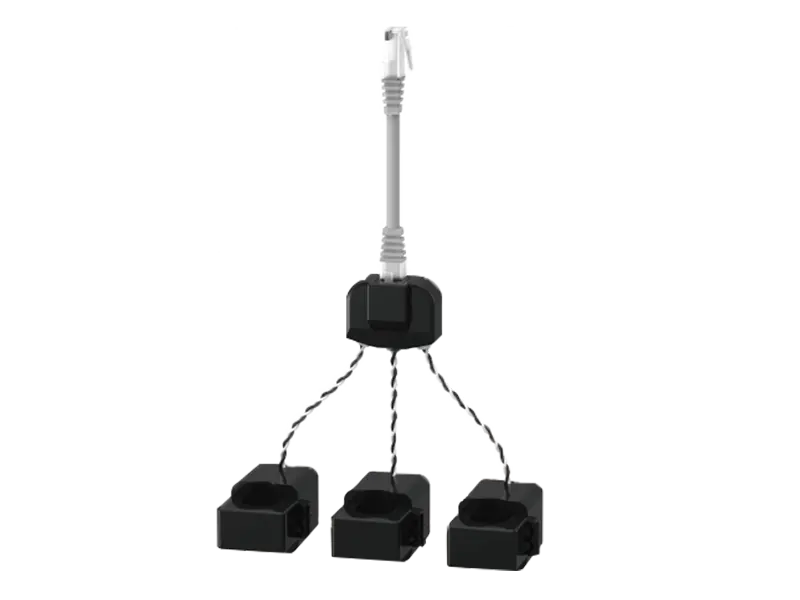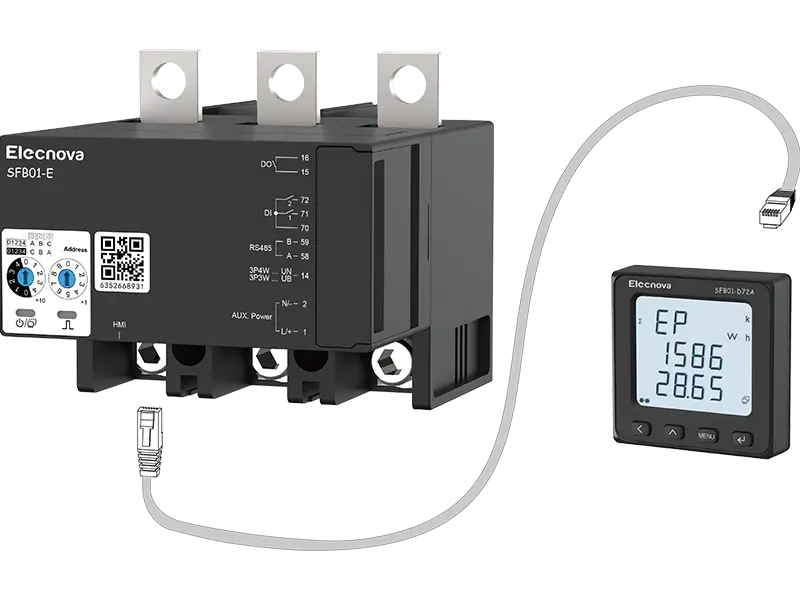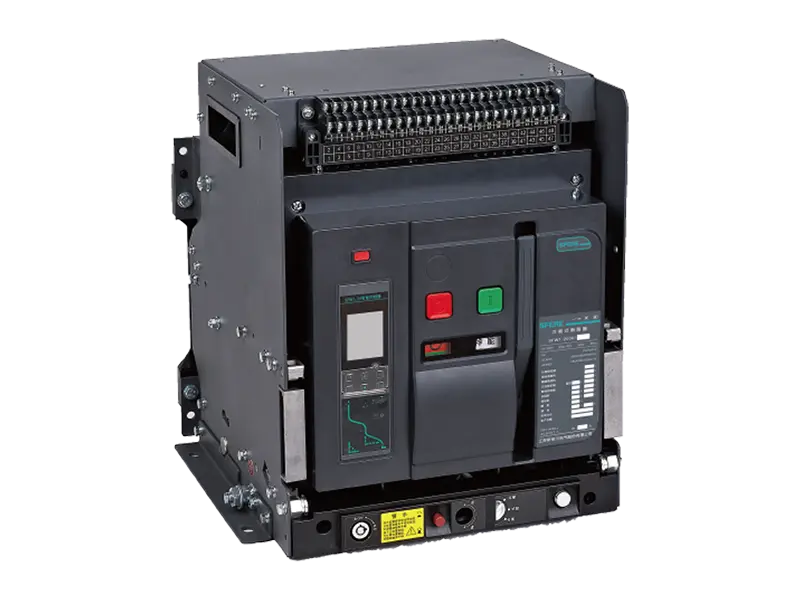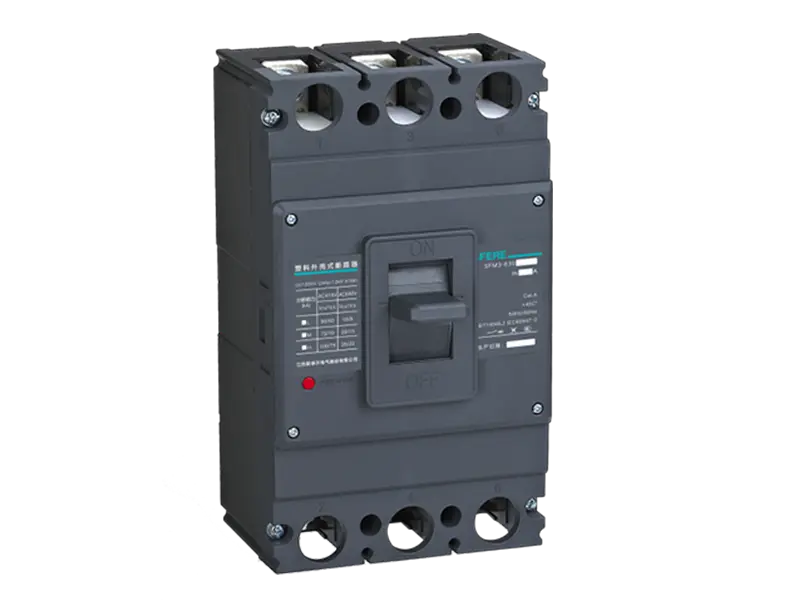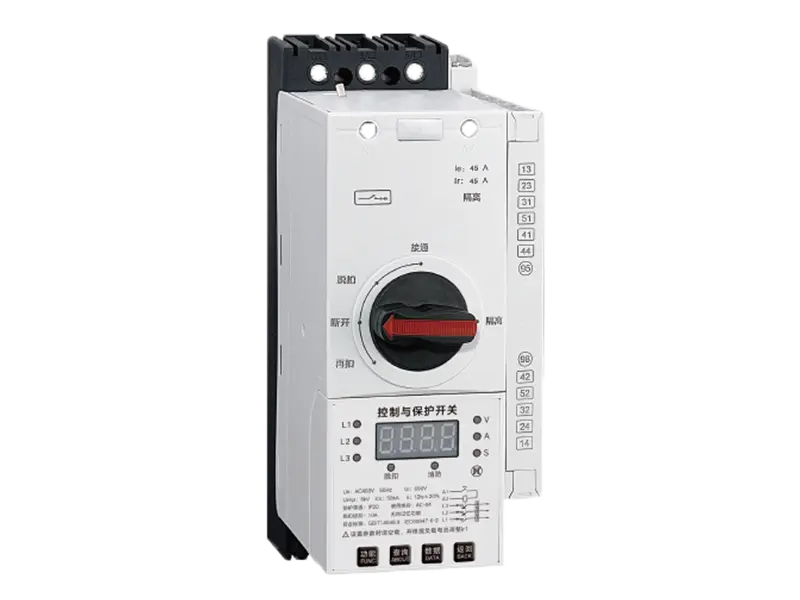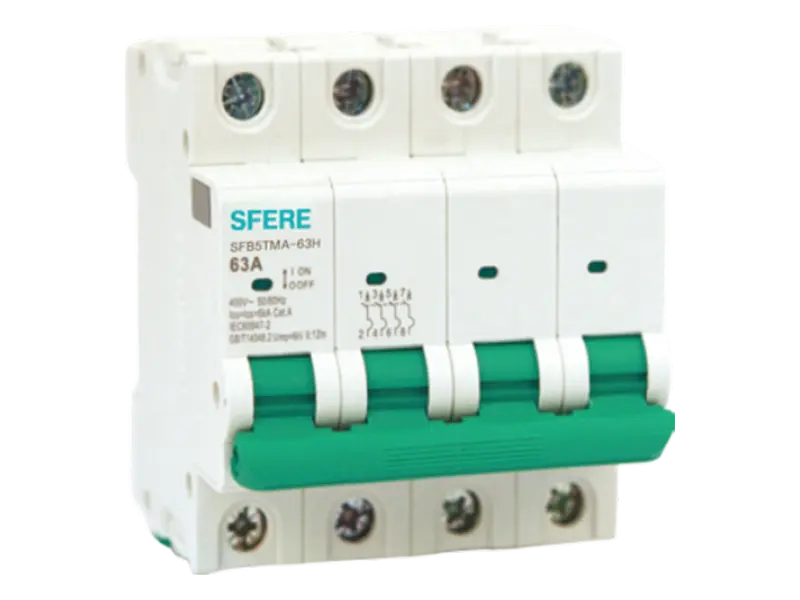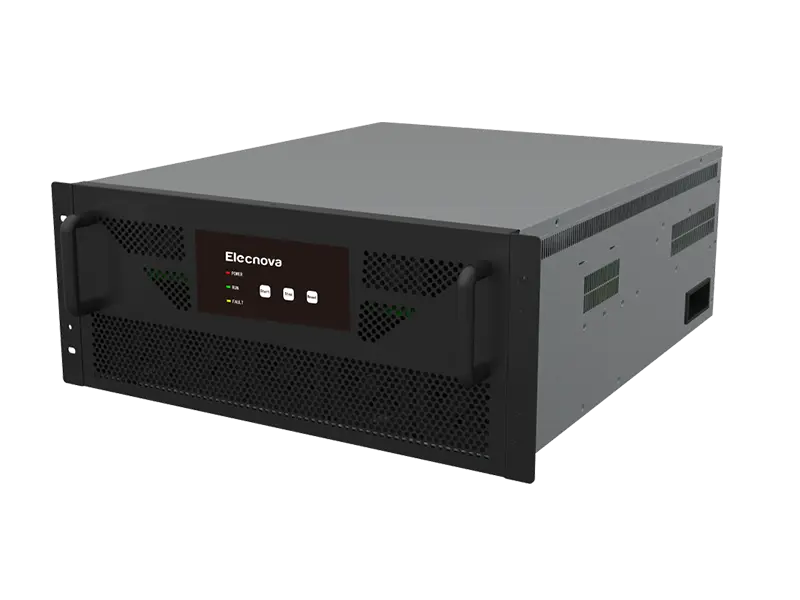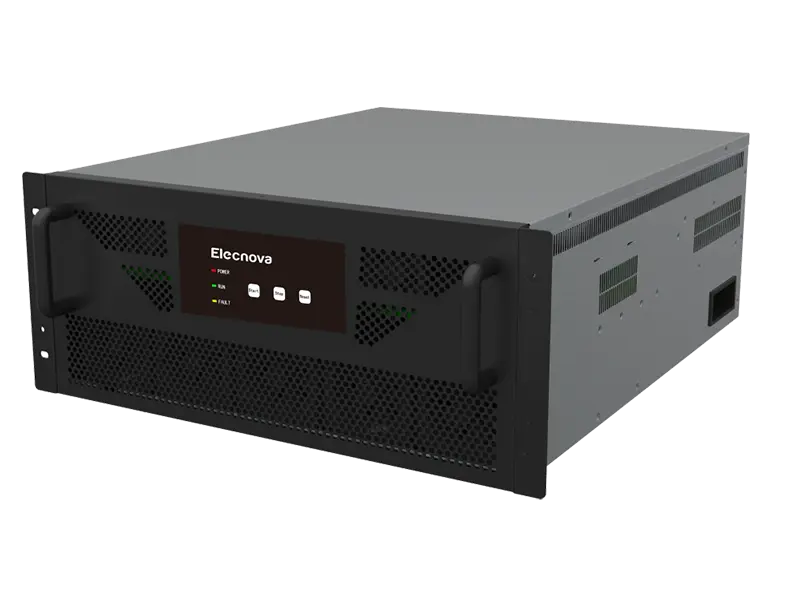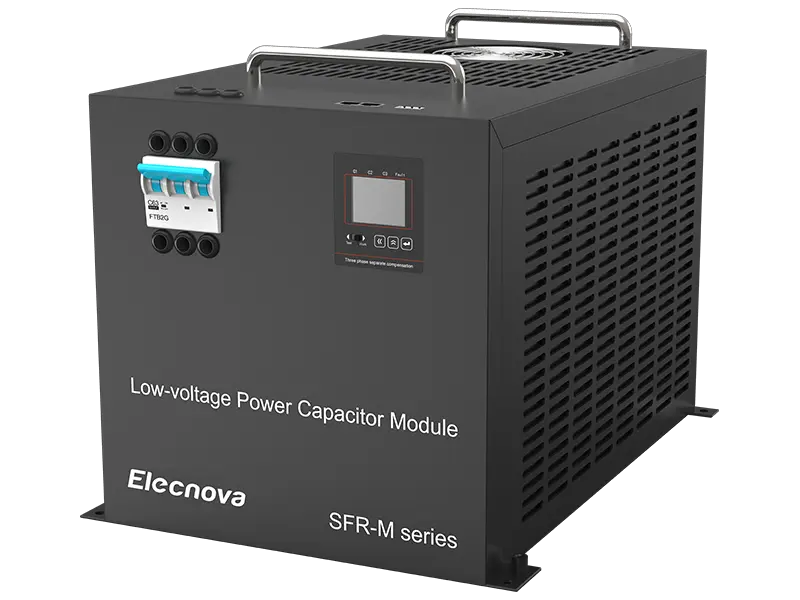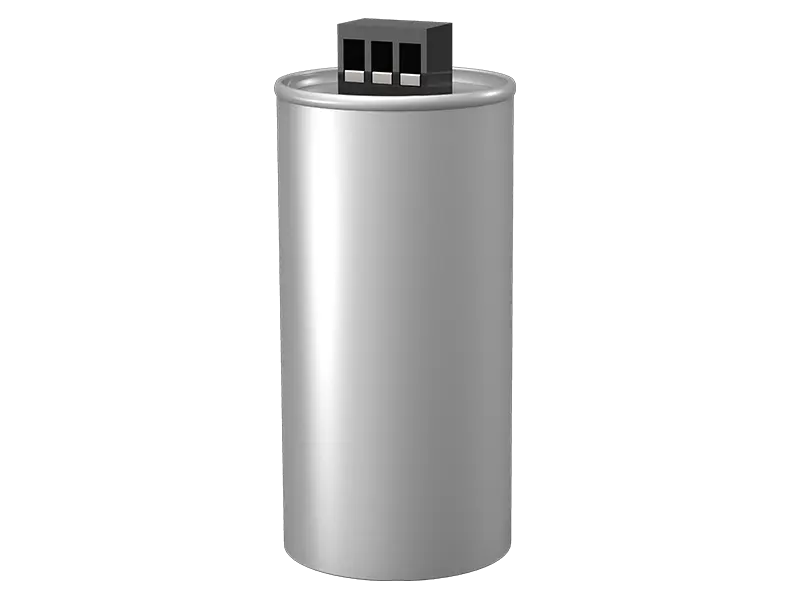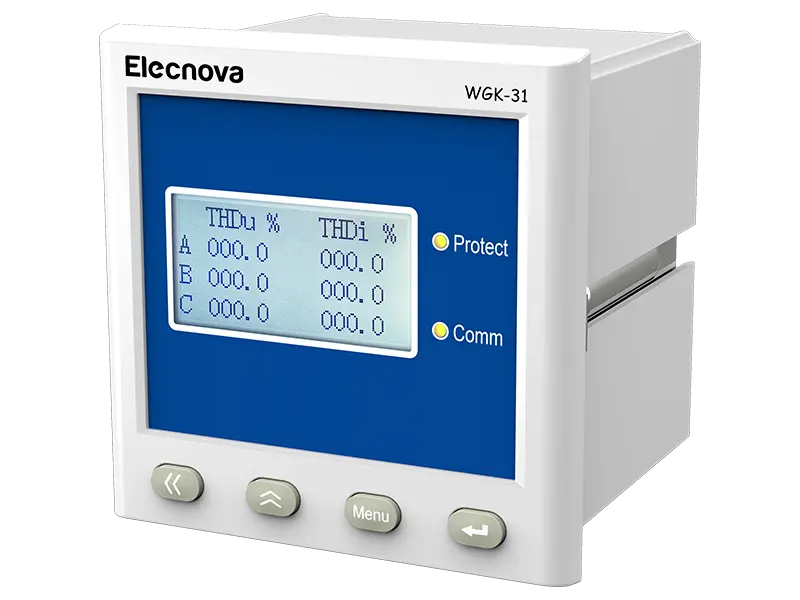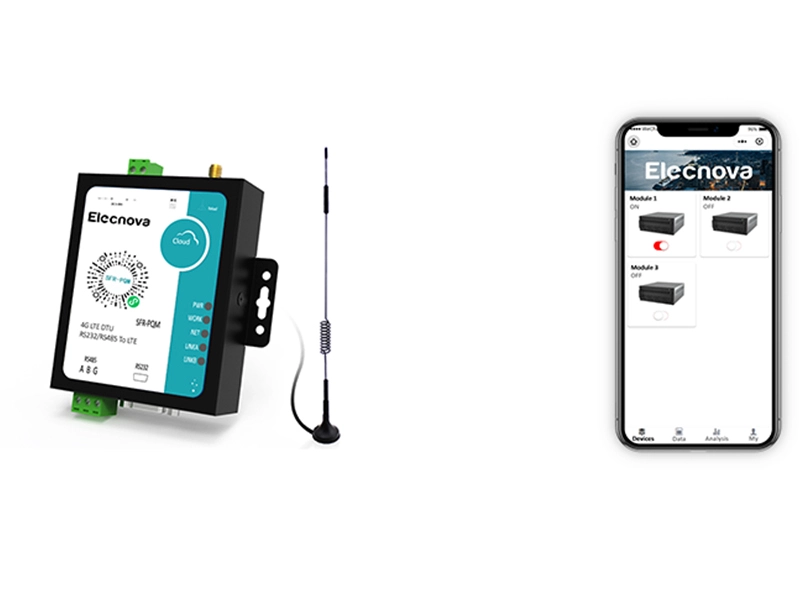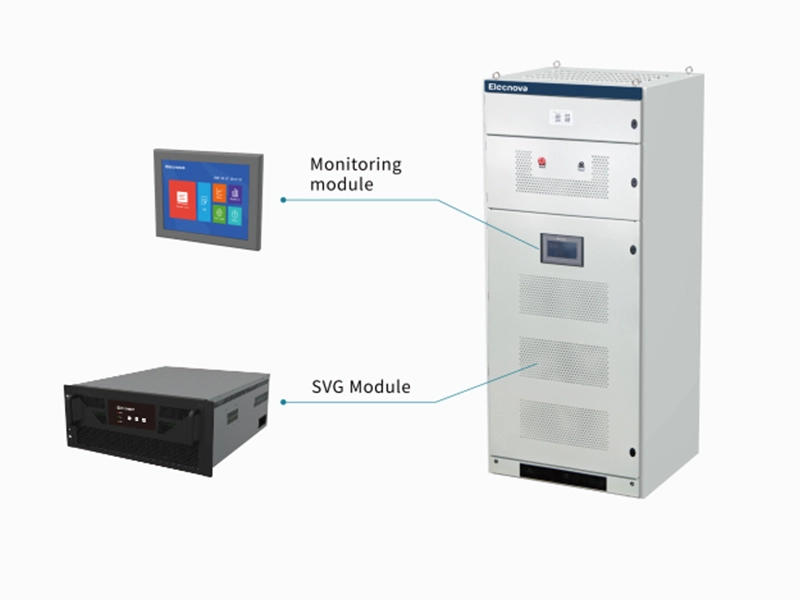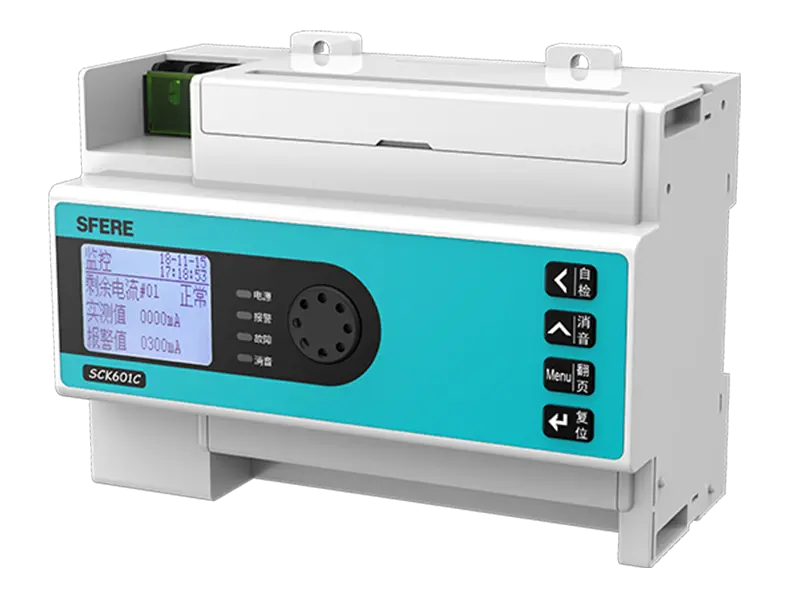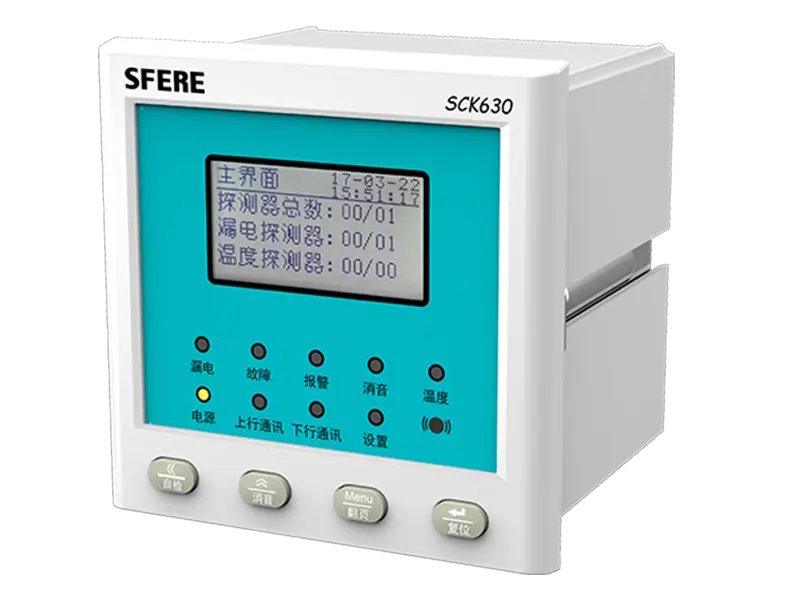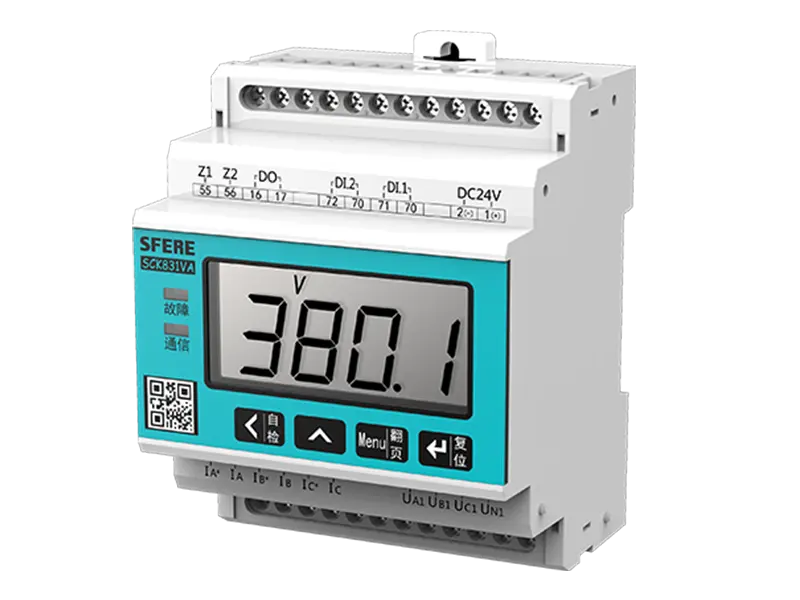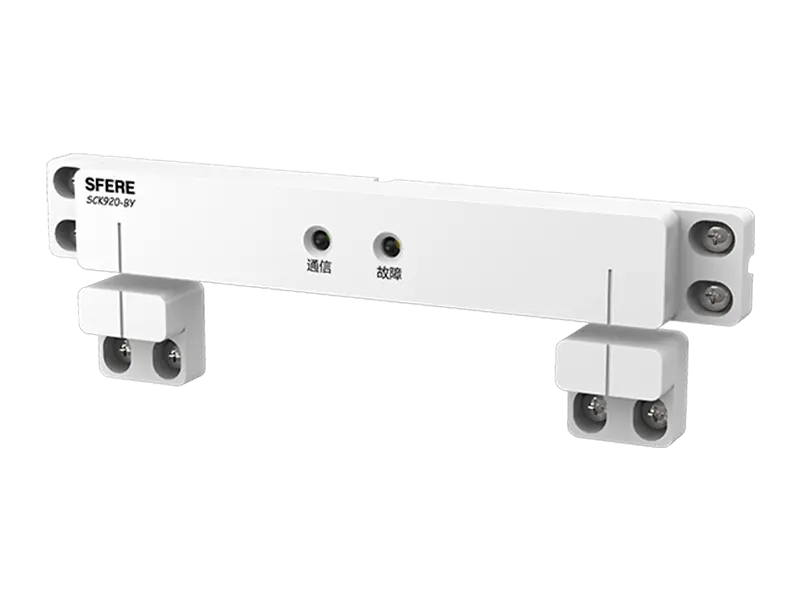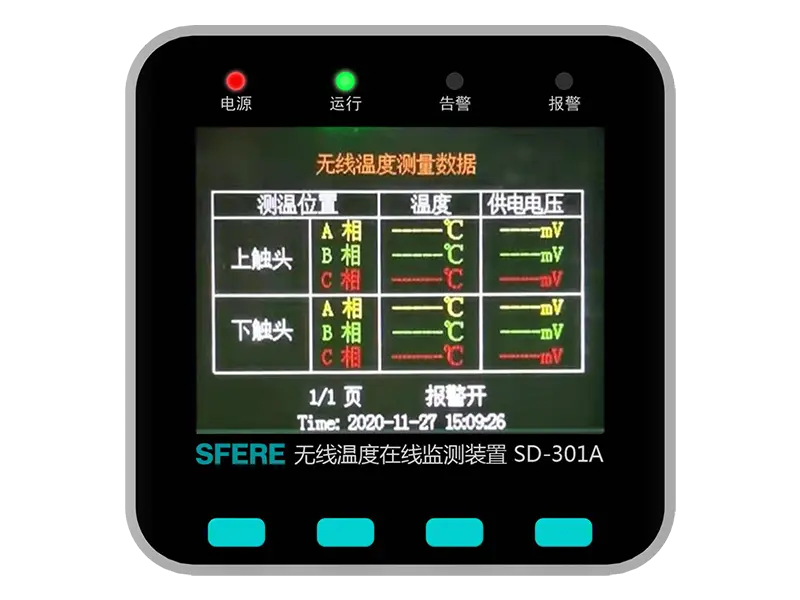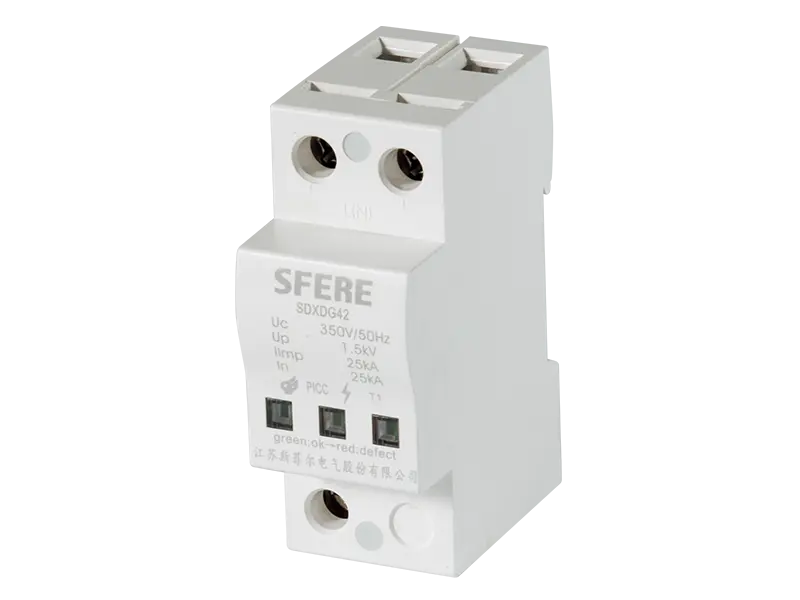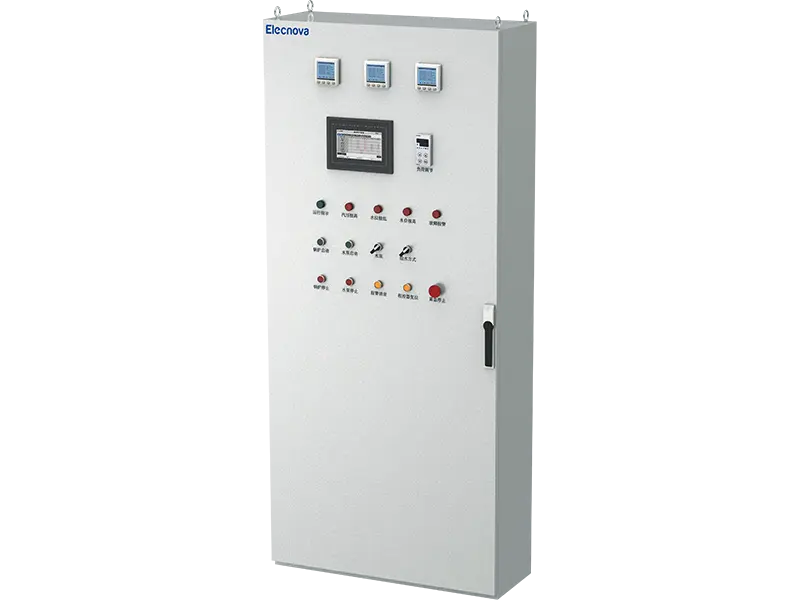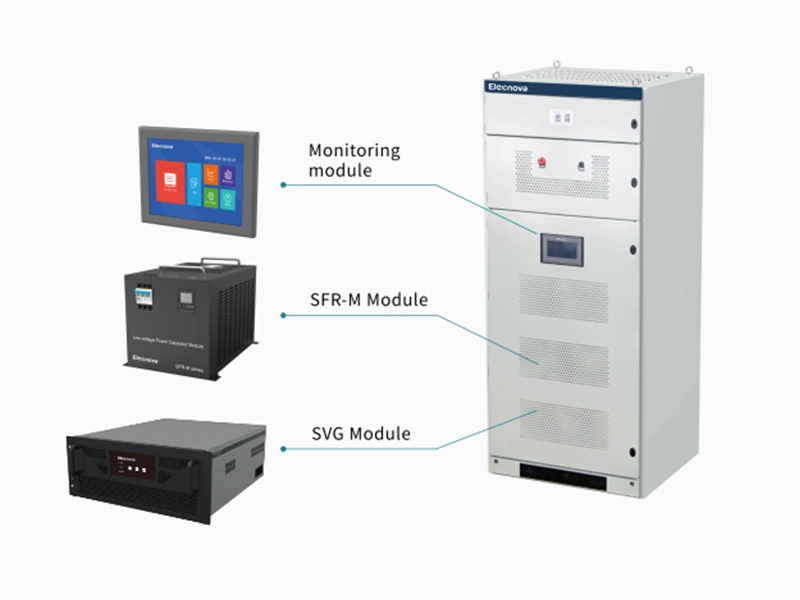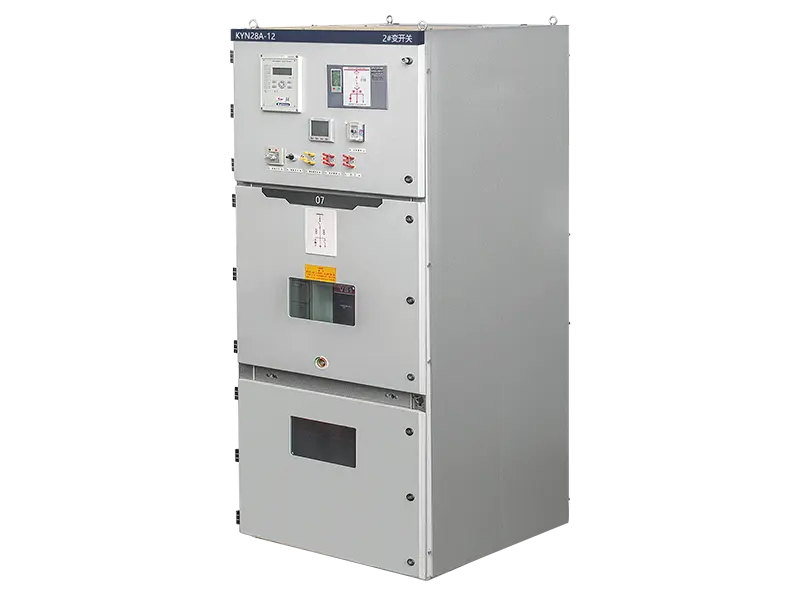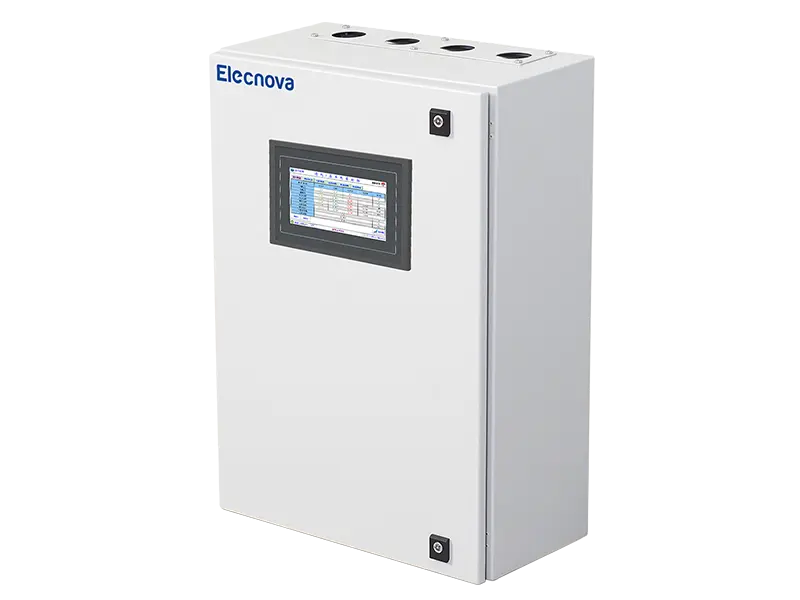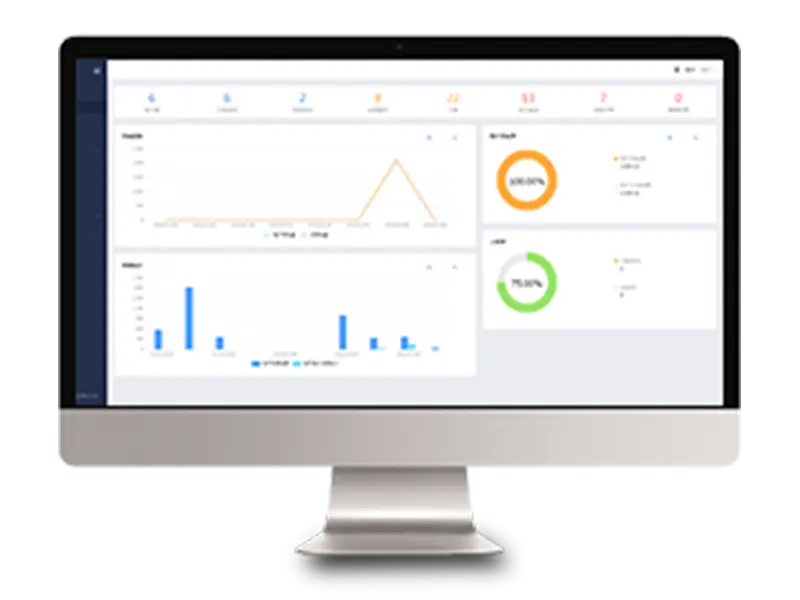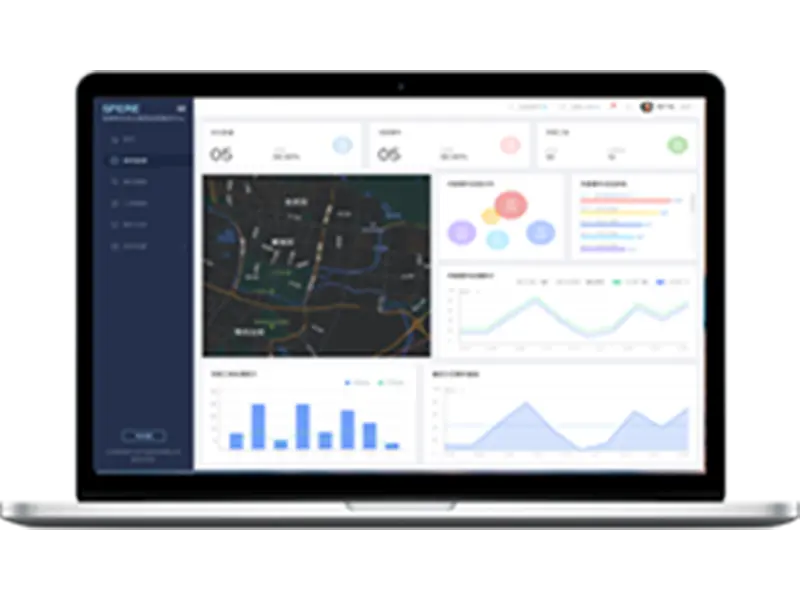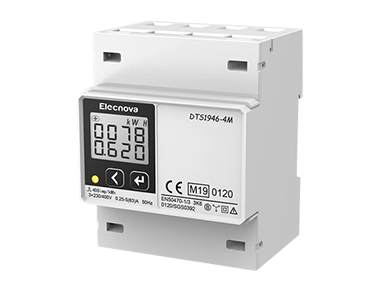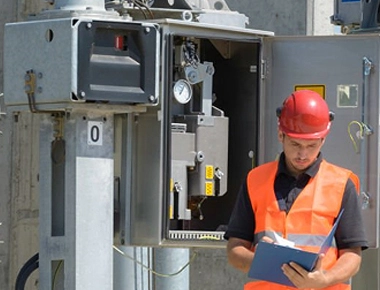1. The instrument does not display after being powered on Possible reason: Auxiliary power supply not added to the instrument panel Solution: Use a multimeter to measure whether there is a corresponding working voltage on the auxiliary power terminals (1 and 2) of the instrument; Is the connection of the auxiliary power supply reliable.
2. Flashing after instrument is powered on
Possible cause: The power supply voltage exceeds the operating range of the instrument, causing protection of the instrument power supply; Signal input exceeds 120% of rated value
Solution: Disconnect the auxiliary power supply; Test whether the auxiliary power supply exceeds the range marked on the instrument; Test whether the input signal exceeds 120% of the rated value; Test whether the ambient temperature exceeds the upper limit of the usage environment temperature; Turn on the auxiliary power again.
3. The instrument displays garbled code after being powered on
Possible cause: The instrument panel is subject to significant interference
Solution: Disconnect the auxiliary power supply and power it on again;
4. Inaccurate display
Possible cause: Incorrect transformer ratio setting and mismatched parameters
Solution: Check whether the transformation ratio set by the instrument is consistent with that of PT and CT; Whether the rated values of voltage and current are consistent;
5. No response to signal addition
Possible reason: The signal was not added to the instrument panel
Solution: Test whether the instrument wiring terminals have signals and whether the terminal connections are reliable.
6. Three phase instrument missing phase
Possible reason: The signal was not added to the instrument panel, and the settings did not match
Solution: Test whether there is a signal at the wiring terminal of the instrument and whether the terminal connection is reliable; Connect the normally displayed phase signal line to the corresponding terminal of the missing phase to verify whether there is a problem with the instrument or peripheral circuit; Check if the wiring method of the instrument settings is consistent with the on-site wiring method.
7. Inaccurate electricity metering
Possible reasons: Incorrect transformer ratio and incorrect phase sequence of voltage and current
Solution: Check whether the transformation ratio set by the instrument is consistent with that of PT and CT; Check if the phase sequence of voltage and current is correct; In the case of a load, the power display of the instrument can be used to check whether there is a negative sign indicating the single-phase power. If there is a negative sign indicating, it is likely that the input and output lines of the corresponding phase current are reversed.
8. Analog output inaccurate
Possible reason: Analog output range and project correspondence are incorrect
Solution: Confirm the correspondence between the upper and lower limits of the analog output range; Confirm whether the electrical parameters corresponding to the analog output are correct, such as U, I, P, Q, etc., to ensure that the testing equipment is functioning properly. If using a PLC, ensure that the wiring settings for the analog input of the PLC are correct.
9. Communication abnormalities
1) The instrument has no feedback data
Firstly, ensure that the communication settings of the instrument, such as slave address, baud rate, verification method, etc., are consistent with the requirements of the upper computer; If there are multiple instruments on site without data feedback, check whether the connection of the field communication bus is accurate and reliable, and whether the RS485 converter is normal. If there is only a single or a few instrument communication abnormalities, the corresponding communication lines should also be checked. The address of the slave machine for exchanging abnormal and normal instruments can be modified to test, eliminate or confirm software problems on the upper computer, or test, eliminate or confirm instrument faults by exchanging the installation location of abnormal and normal instruments.
2) Inaccurate instrument feedback data
The instrument communication data includes primary power grid data (float type) and secondary power grid data (int/long type). Please carefully read the instructions on data storage addresses and formats in the communication address table, and ensure that they are converted according to the corresponding data formats. ModScan32 and other software can be used to test instrument communication.
3) Communication indicator status information
During the communication testing process, when the instrument receives data, the instrument communication indicator will flash and prompt.


